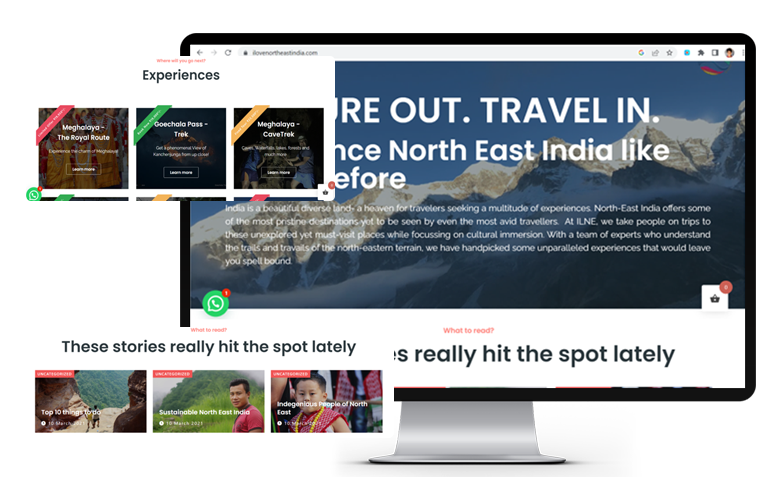
Imagine your company puts in a tremendous amount of effort and launches a brand new product. Knowing how great the product is, you are confident about its success. But to your great surprise, lo and behold, the product does not seem to be doing well and your company has no idea why.
This is where the marketer’s dream, sentiment analysis, comes into picture.
Not only can you find out whether or not your product is being talked about, you can also analyze whether the reception is positive or negative. Instead of having dedicated personnel constantly scour through multiple social media sites, web pages and articles looking for any mention of your company, you can find out what customers around the world are saying at the push of a button.
In a world where public perception is crucial, having your very own pocket-sized detective can be wonderful.
What exactly is Sentiment Analysis?
To put it simply, sentiment analysis is a technique used to determine the emotion behind any piece of writing. By using concepts of natural language processing, computer linguistics and machine learning, a polarity score can be assigned to any written piece to signify whether the opinions stated are positive, neutral or negative.
Social sentiment analysis in particular uses these concepts to find out what people feel about your brand or product on the internet. Instead of just giving you a count of interactions, sentiment analysis provides a definitive value to each tweet, comment, @-mention and post, providing significant insight into your public perception.
Why is Sentiment Analysis important for you?
The success of any product or service, small or large, is completely dependent on how well it is received by the customers. The image your brand has across social media is crucial for long-term success. Keeping an eye on public sentiment seems more necessary than ever.
Here are the reasons why your business needs to implement sentiment analysis:
Improve customer service
Customers love nothing more than being heard. Infact, a survey conducted by Statista showed that about 83% of customers who interact with a company on social media expect a response the same day. Whenever a customer anywhere around the world mentions your company or product, your ears should perk up to hear about it.
By using sentiment analysis you can quickly alert your team regarding any complaints or issues. This gives you ample amounts of time to formulate a response, strategize a plan and then act. A simple follow-up can go a long way in showing that your company cares.
Track public reception
Whether it is a new advertisement campaign or the launch of a brand new product, keeping track of how consumers are responding is vital for a growing organization. By analyzing the positive or negative sentiment surrounding your company, you can gain valuable insight into business strategies and product development.
Major companies around the world invest heavily into tracking the social media reception their newest products have. Is your product selling like hot cakes? Find out why. Is your product stuck on the shelf? Discover areas for improvement.
Understand your audience
Understanding your target audience is at the forefront of any marketing strategy. This includes finding out their feelings about your previous campaigns, products, social media posts and your brand in general.
With the help of social sentiment analysis, you can carefully navigate the ever-changing desires and preferences of your customers. Always stay a step ahead of the curve by understanding the voices you intend to satisfy.
Identify your competition
Besides just finding out how your brand is performing online, you can also keep an eye on your competitors and see how their products have been stacking up against yours.
Carefully analyzing the social media mentions of your rivals can open new opportunities. Positive sentiments can highlight areas of improvement for your own business whereas negative sentiments can pinpoint avenues for you to capitalize.
Give it a go!
Sentiment analysis has already taken the world of marketing by storm. Customers gravitate heavily towards the companies that make them the stars of the show and analyzing customer emotions is a great way to do so. Those companies that have already brought sentiment analysis into everyday use have seen substantial growth and with the readily available tools to get started, there should be nothing stopping you from doing so as well.










